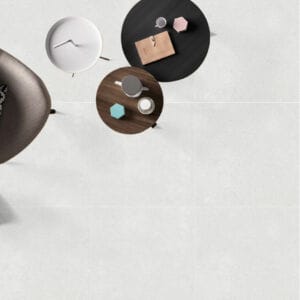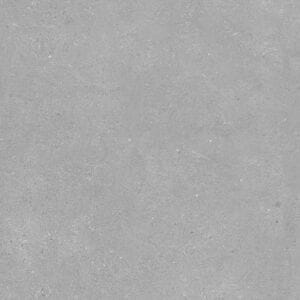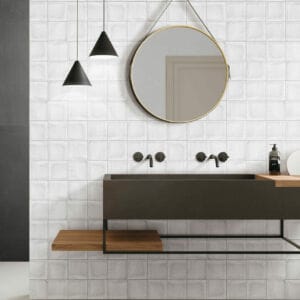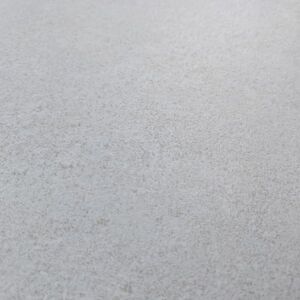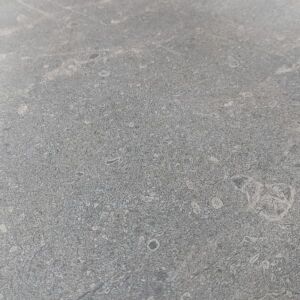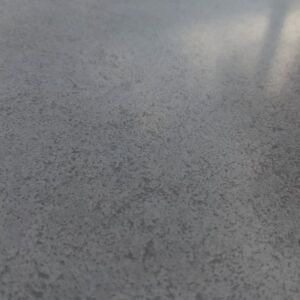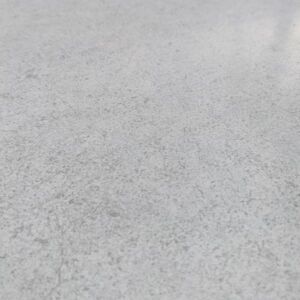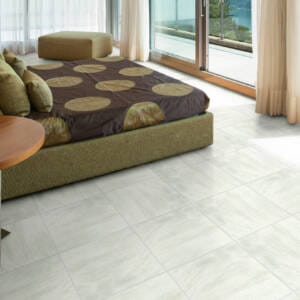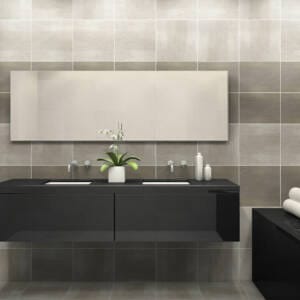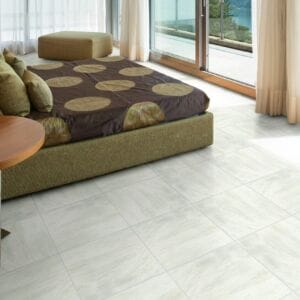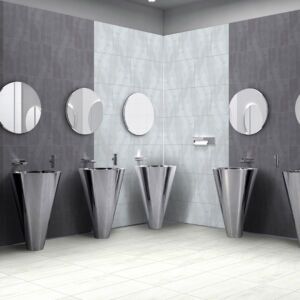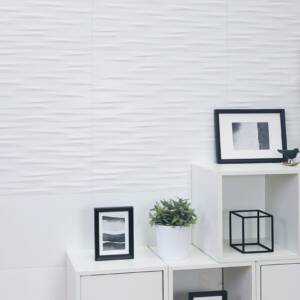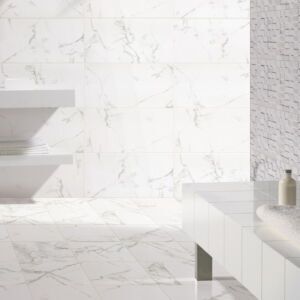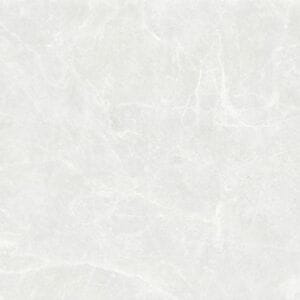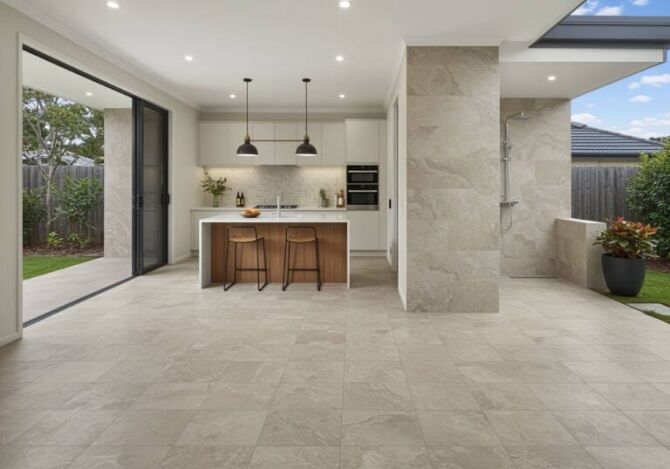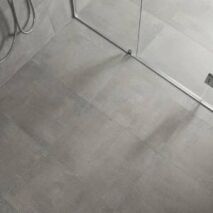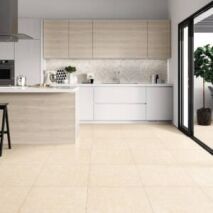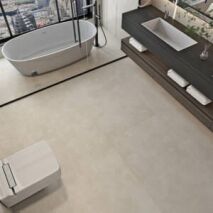Choosing ceramic tiles in Perth is no easy task; the sheer volume and selection of tiles available can be overwhelming, to say the least. Not as hard-wearing as porcelain, ceramic tiles are ideally suited for lower-foot-traffic areas. They are, however, still hard-wearing and are suitable for more rooms, and, of course, they are much cheaper than porcelain tiles.
If you’re shopping for ceramic floor tiles in Perth, then there are a few tips to make the process much easier and a lot less confusing. Viable ceramic tiles can be narrowed down by comparing their quality, design, and price.
Ceramic Tile Quality
There are more than a few ways to judge the quality of a ceramic tile. First, there are ratings for moisture absorption, hardness, and resistance to slipping; then, there’s the thickness of the tile and the tile’s warranty.
Ceramic tiles are rated for their moisture absorption, hardness, and resistance. A percentage measures a tile’s absorption level; the lower the percentage, the higher the moisture absorption. The hardness is according to the MOHS scale, which ranges from 1-10; the higher the number, the harder the tile. Lastly is the tile slip resistance rating, which is measured by the Oil-Wet Ramp Test (R9–R13); R9 presents a high slip risk, while R13 provides a very low slip risk.
Ceramic Tile Design
Today’s modern laser printing technology means ceramic tiles can mimic the look of just about anything. Marble, terrazzo, concrete, timber, and stone are popular design choices for ceramic floor tiles as they offer the look of such materials at far more affordable prices and, in many cases, with lower maintenance requirements also. There are endless design options available, making ceramic tiles a popular and affordable floor tile option.
Ceramic Tile Price
Ceramic tiles are the cheapest of all, and cheaper still here at Ross’s Discount Home Centre. We have ceramic tiles for as little as $10 per square metre, which makes them an ideal choice for budget home renovations.
For ceramic tiles in Perth, which are high in quality and low in price, shop only with Ross’s Discount Home Centre. Take advantage of $100 delivery to Perth Metro or visit our massive tile shop in Perth today.
